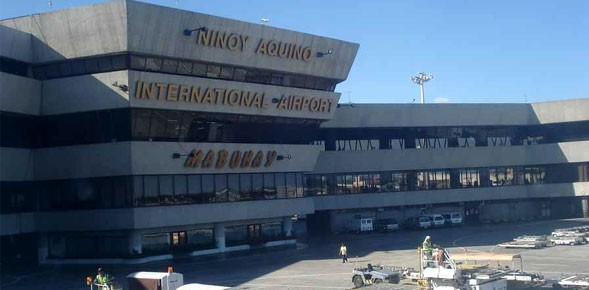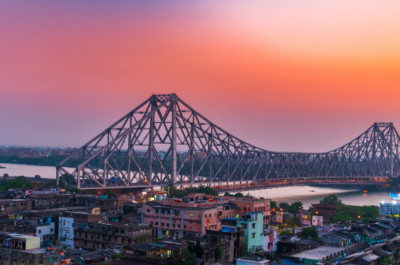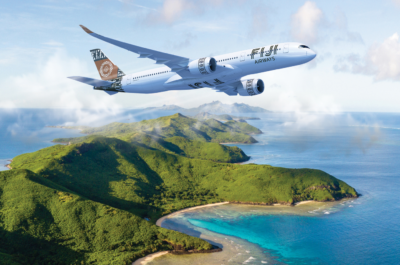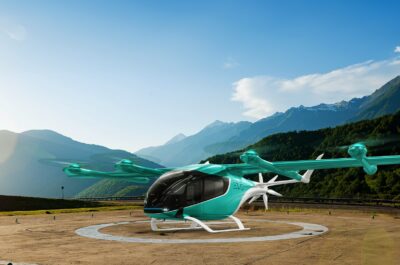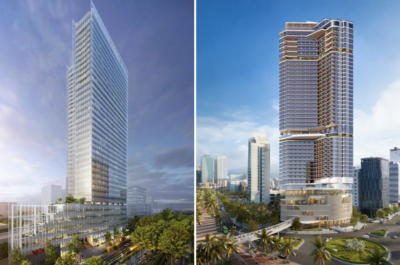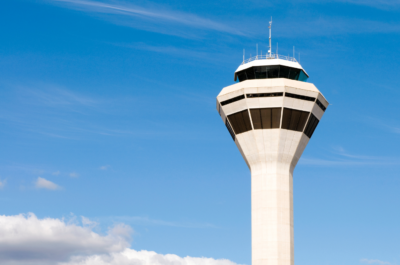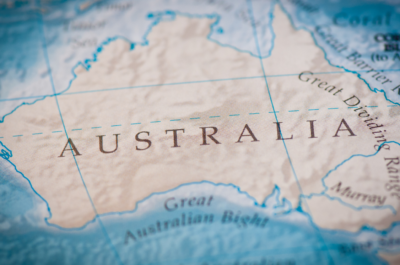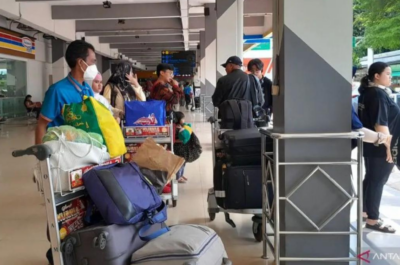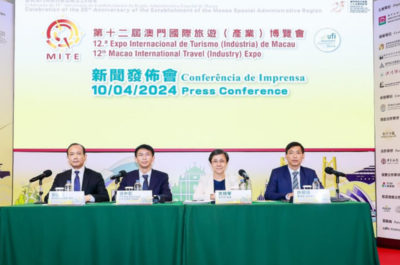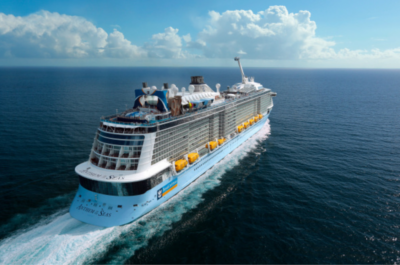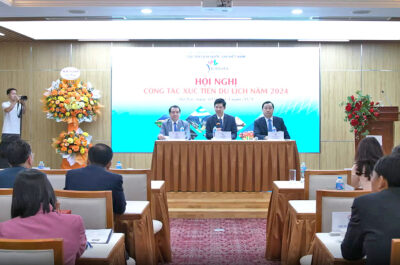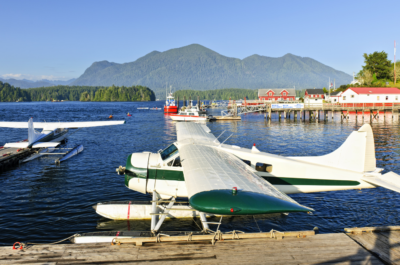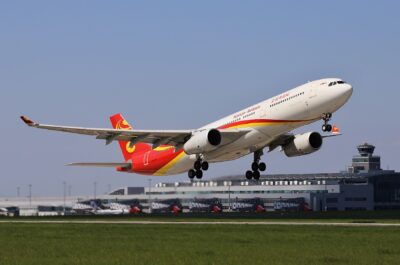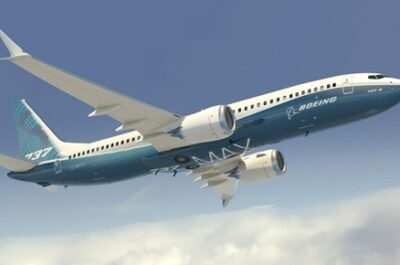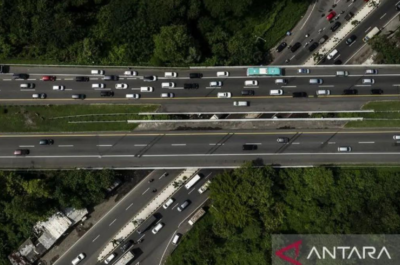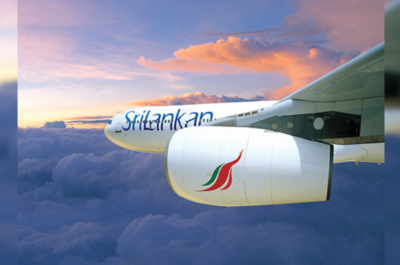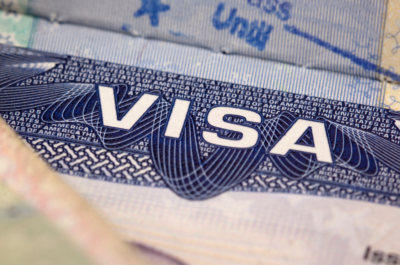While Manila NAIA International Airport, the country’s main gateway struggles to keep pace with projected growth, plans are multiplying to build a brand new airport for the country.
MANILA – There is some good news arriving at Manila Ninoy Acquino International Airport (NAIA). After announcing it a dozen of times but always delaying it, finally the much criticized Terminal 3, opened almost a decade ago and still half empty for various defaults in construction and legal actions, will welcome international airlines from August. NAIA management just announced that in less than a month time, Delta Airlines, Emirates, KLM, Singapore Airlines and Cathay Pacific will relocate their services from Terminal 1 to Terminal 3. It seems that the airport authority had no choice than accelerating the transfer of airlines to NAIA newest air facility as Terminal 1 is finally embarking on its reconstruction project.
While passengers are likely to enjoy better facilities in the months to come, it does not solve the increasing congestion of Manila airport on its runways. A study conducted by the Japan International Cooperation Agency (JICA) unveiled last month a new location for a future airport in Manila: Sangley Point, in Cavite, a province located on the southern shores of Manila Bay, would turn into the future Manila International Airport in replacement of NAIA. The Department of Transportation and Communications (DOTC) Secretary Joseph Emilio Abaya explained last month that JICA would now begin studying the feasibility of opening an airport at Sangley Point by 2027.
The new aiport will then be able to cater with projected passengers’ growth in Manila. Central Luzon and Manila welcomed over 32 million passengers a year last year. But JICA believes that this number could reach 106.7 million by 2040. The future facility will stretch over 2,000 hectares of land, 15 km away from the outskirt of Manila.
The airport would however be in competition with another project. Announced last year but presented again this year, San Miguel Corp. (SMC)- now the owner of Philippine Airlines– has announced to put on the table US$10-billion to build an international air gateway at a reclamation project in Manila Bay, near the cities of Paranaque and Las Pinas. The potential airport would stand on 800 hectares of land –twice as much as the superficy of the current NAIA – and it could accommodate up to 80 million passengers on four runways.
“The DOTC will still have to present the long-term gateway options to the President for approval, including the final location of Manila’s new gateway, as well as the fate of NAIA once a new airport is built,”highlighted a spokesman of the Department of Transportation.
And they are still hopes for Clark International Airport, 60 km north of Manila to become one day the main air gateway to the Filipino capital. For now Clark Airport has a capacity to welcome 4 million passengers but it has the will to expand its capacities to accommodate 30 to 40 million passengers a year. While the airport benefits from first class structures – a legacy of the former US military base-, there is however a big handicap for Clark: its connection to Manila. While it takes 30 to 40 minutes to reach the outskirt of the city, it generally takes another 90 to 120 minutes to reach Manila Centre or Makati due to unbearable traffic jams on the city highway. There has already been lots of talk about a high speed rail link between Clark and Manila. But it has very little chance to turn concrete before at least another 10 years, consequently jeopardizing Clark’s ambitions to be a real alternative to NAIA.
Photo caption: Manila Ninoy Acquino International Airport
Luc Citrinot a French national is a freelance journalist and consultant in tourism and air transport with over 20 years experience. Based in Paris and Bangkok, he works for various travel and air transport trade publications in Europe and Asia.













